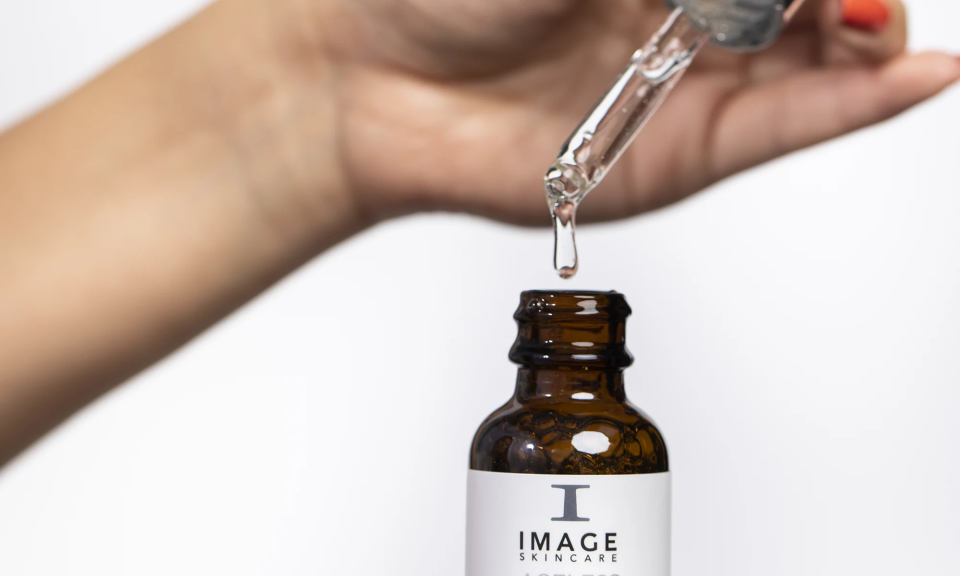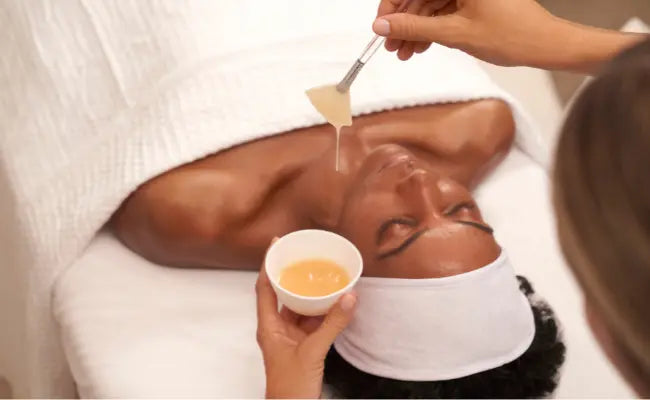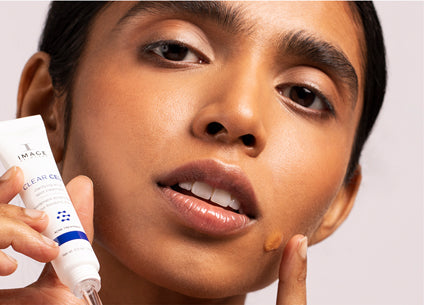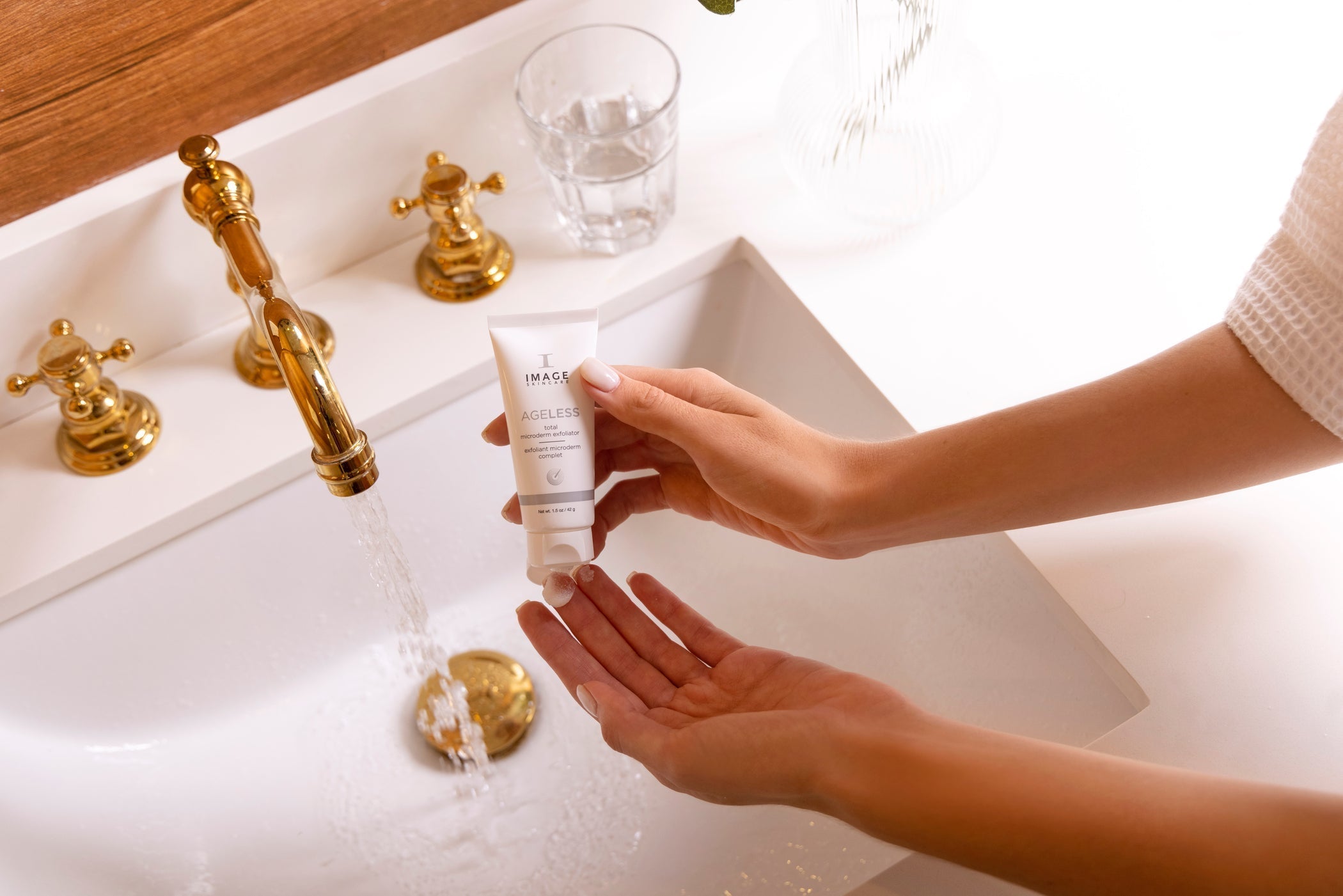
Everything You Need to Know About Hyaluronic Acid
What is hyaluronic acid? If you’ve heard this term more often lately, it’s because hyaluronic acid has become a very popular ingredient in skincare. In the past few years, hyaluronic acid has found its way into all sorts of serums and moisturizers. Why? Simply because it works.
Although its name may throw people off, hyaluronic acid is not actually an acid in the way that salicylic acid or glycolic acid are acids. It is a humectant. Humectants are substances that can hold and draw water. Hyaluronic acid can retain up to 1,000 times its weight in water. This remarkable ability is what allows it to plump up wrinkles.
Let’s explore hyaluronic acid and how it can help you achieve great skin.
What Is Hyaluronic Acid?
Clear but with a gel-like consistency and texture, hyaluronic acid is a sugar molecule found naturally in our bodies. It helps keep skin plump and gives eyeballs their shape. It also retains moisture in our joints to help keep them lubricated. Some people take hyaluronic acid supplements for joint pain, for example.
Just like collagen and elastin, however, hyaluronic acid gradually decreases as we age. This is partly why we ultimately develop wrinkles and skin laxity (sagging). As hyaluronic acid decreases with age, it causes skin to lose its natural moisture and become much drier. Dry skin is more likely to develop wrinkles, particularly deeper, more pronounced ones.
Hyaluronic acid pairs well with peels, retinols, and vitamins. It can be combined with other ingredients (except glycolic acid) without adverse effects. When combined with glycolic acid, for example, glycolic acid can potentially degrade hyaluronic acid.
Where It Comes From
Hyaluronic acid that we use in skincare generally comes from two main sources. It can be plant-based or animal-based.
Plant-based hyaluronic acid comes from microbial fermentation. This means that a bacterial strain that naturally contains hyaluronic acid is fermented to produce higher amounts of the substance.
Animal-based hyaluronic acid comes from rooster combs (the red flesh found at the top of a rooster’s head). Like humans, animals also produce hyaluronic acid naturally. Rooster combs happen to be a good source.
If you’re an animal lover or adamant about cruelty-free skincare products, you should know that most hyaluronic acid is plant-based. It’s more cost-effective to produce, but also more eco-friendly.
How to Use It
It’s important to pick the right hyaluronic acid product. Some types of hyaluronic acid have large molecular weights. This makes it harder for them to penetrate deeply into skin and actually make a difference in skin appearance (here are some ways to increase skincare penetration). If hyaluronic acid does not penetrate properly, it will end up just sitting atop your skin and not doing much of anything.
Low molecular weight hyaluronic acid is usually more effective at skin penetration. The deeper it can penetrate, the more effective it will be at plumping up the appearance of skin to help wrinkles look less noticeable.
Hyaluronic acid can also actually make skin dehydrated when used incorrectly. That’s why it’s important to apply a hyaluronic acid serum onto slightly damp skin. Follow up application with a heavier moisturizer that will trap the hyaluronic acid and water, giving you extremely glow-y and plump skin.
Why It’s Needed
If our bodies naturally produce hyaluronic acid, why do we put it onto our skin? As previously mentioned, hyaluronic acid decreases in our bodies as we age. Our bodies also produce hyaluronic acid in relatively small amounts.
By applying serums and creams containing hyaluronic acid into our skin, we increase the amount of time that this key ingredient remains in our bodies. With regular use, you can help your skin look plump for much longer with less noticeable wrinkles.
If you’ve yet to introduce hyaluronic acid into your skincare routine, you can start with some IMAGE products like the AGELESS total pure hyaluronic filler and VITAL C hydrating repair crème. The AGELESS total pure hyaluronic filler contains six types of high and low molecular weight hyaluronic acid. It helps give an immediate boost to skin to plump it up and make it look more youthful. The VITAL C crème is great as a nighttime treatment. It locks in moisture and helps you wake up with glowing, plumped up skin.


https://pubchem.ncbi.nlm.nih.gov/compound/24759#section=Top
https://www.ncbi.nlm.nih.gov/pmc/articles/PMC3583886/
https://www.ncbi.nlm.nih.gov/pmc/articles/PMC5560567/
https://www.ncbi.nlm.nih.gov/pmc/articles/PMC3239841/
https://www.ncbi.nlm.nih.gov/pmc/articles/PMC3970829/
https://www.researchgate.net/publication/51519903_Antioxidant_activity_of_low_molecular_weight_hyaluronic_acid










